
If you are spending a lot of time using the terminal on Ubuntu, you may want to adjust the font and size to get a good experience.
Changing the font is one of the simplest but most visual ways of Linux terminal customization. Let me show you the detailed steps for changing the terminal fonts in Ubuntu along with some tips and suggestions on font selection.
Change Ubuntu Terminal font and size using GUI
Step 1. Launch the terminal on your Ubuntu system by using Ctrl+Alt+T keys.
Step 2. Head to the “Preferences” option that you can find when you click on the menu.
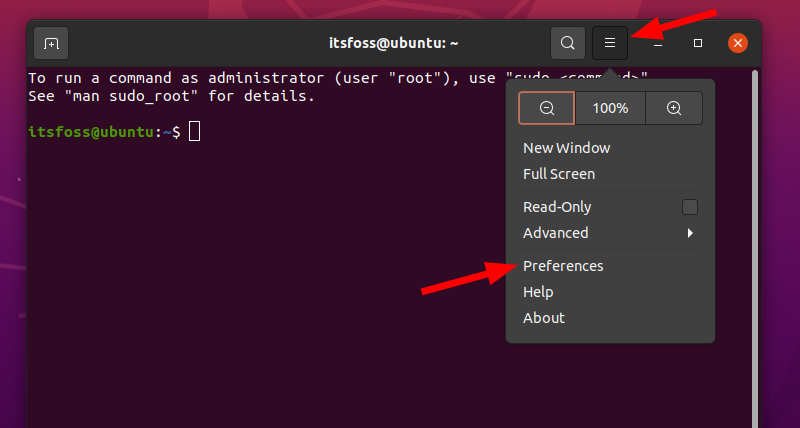
You can also perform a right-click anywhere on the terminal to access the option as shown below.
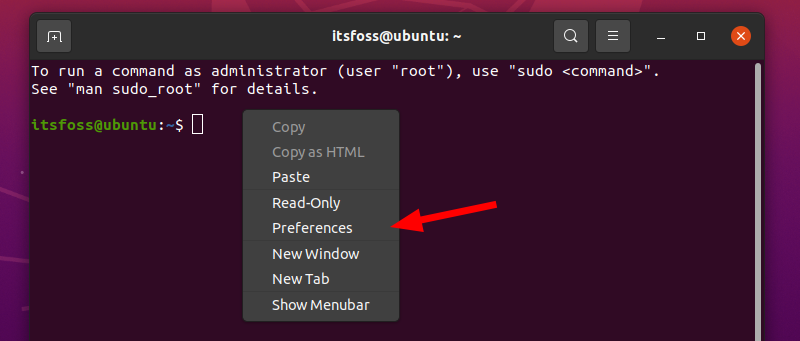
Step 3. Now, you should be able to access the settings for the terminal. By default, there will be an unnamed profile. This is the default profile. I suggest creating a new profile so that your changes do not impact the default settings.
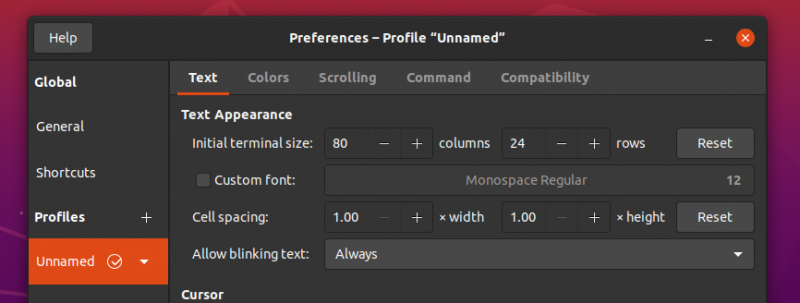
Step 4. To change the font, you need to enable the “Custom font” option and then click on “Monospace Regular”
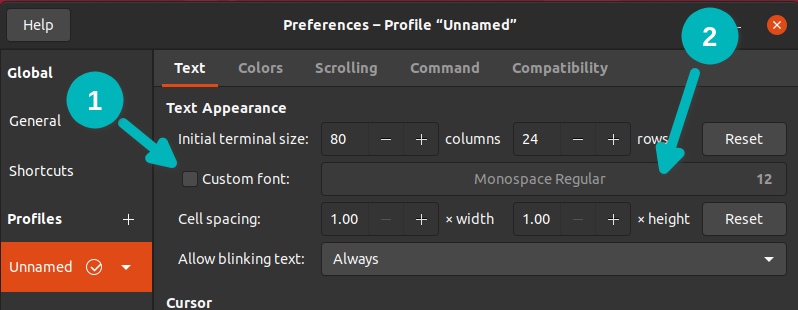
It will show a list of fonts available for selection.

Here, you get a quick preview of the font at the bottom of the font listing and also the ability to tweak the font size of your Ubuntu terminal.
By default, it uses a size of 12 for the font and Ubuntu mono style.
Step 5. Finally, you can search for your preferred font style and hit “Select” to finalize it after looking at the preview and adjusting the font size.
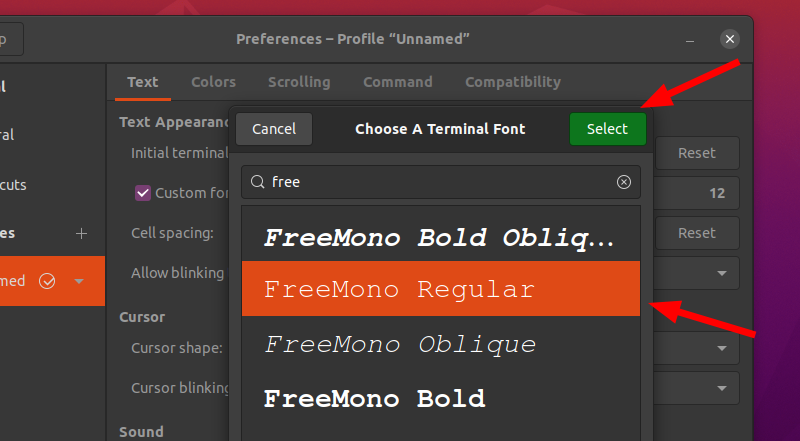
That’s it. You have successfully changed the fonts. See the changes in the image below. Move the slider to see the difference.
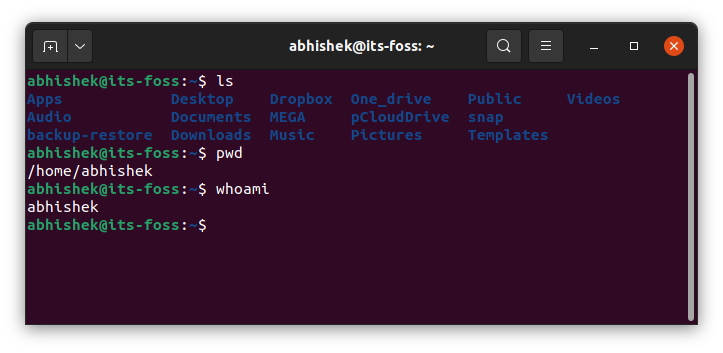
Tips on getting new fonts for Ubuntu terminal
You can download fonts from the internet in TTF file format and easily install these new fonts in Ubuntu by double-clicking the TTF file.
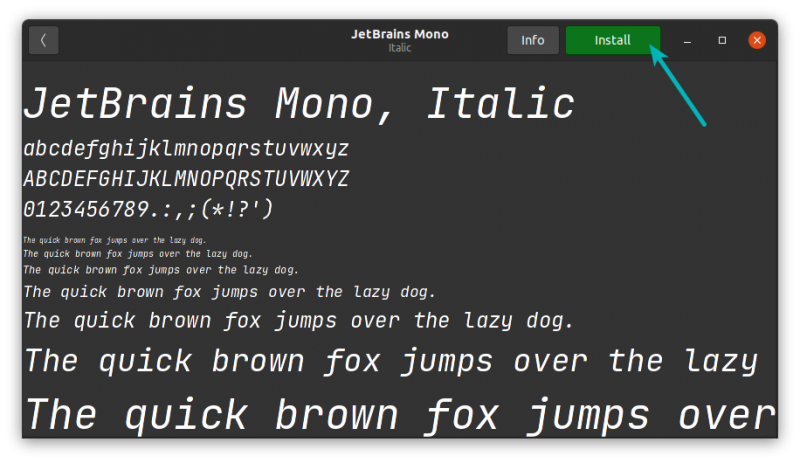
You should open a new terminal window to load the newly installed fonts.
However, keep in mind that Ubuntu will not show ALL the newly installed fonts in the terminal. Why? Because the terminal is designed to use monospaced fonts. Fonts that have letters too close to each other may look weird. Some fonts do not offer proper clarity between the alphabet O and the number 0. Similarly, you may face issues in differentiating the lowercase l and i.
This is why you’ll see the available fonts in the terminal are often have ‘mono’ in their name.
Overall, there can be plenty of readability issues that could create more confusion. Hence, it is best to select a font that does not make the terminal hard to read.
You should also check if a font looks good/weird when you increase/decrease the size of the font to ensure that you do not have a problem when customizing the look of your terminal.
Font suggestions for terminal customization
Free mono and Noto mono are some of the good fonts available from the default list of font selections to apply on your terminal.
You can try installing new fonts in Linux like JetBrains Mono, and Robo Mono, Larabiefont, Share Tech Mono and more from Google Fonts and other sources.
Terminal customization takes more than just fonts
If you want to customize the terminal, it will take more than just the fonts. Here are at least 5 different things you can do:
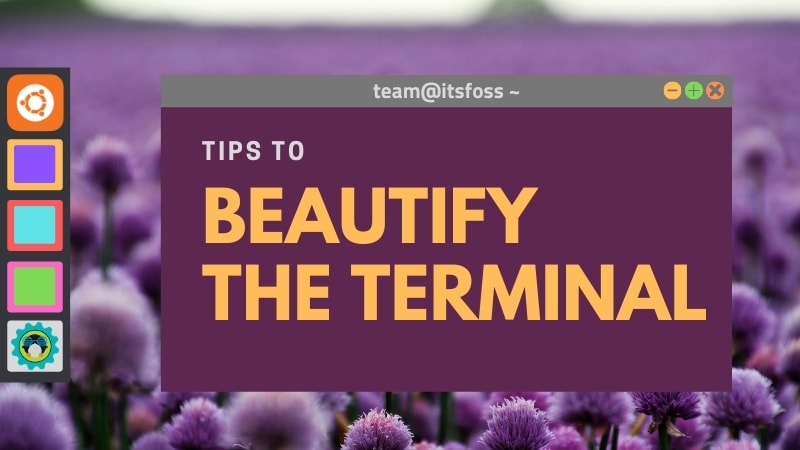
In fact, we have a detailed video tutorial on how you can beautify your Linux terminal.
What font style/size do you prefer to use with the Ubuntu terminal? Let us know in the comments below!
It's FOSS turns 13! 13 years of helping people use Linux ❤️
And we need your help to go on for 13 more years. Support us with a Plus membership and enjoy an ad-free reading experience and get a Linux eBook for free.
To celebrate 13 years of It's FOSS, we have a lifetime membership option with reduced pricing of just $76. This is valid until 25th June only.
If you ever wanted to appreciate our work with Plus membership but didn't like the recurring subscription, this is your chance 😃


